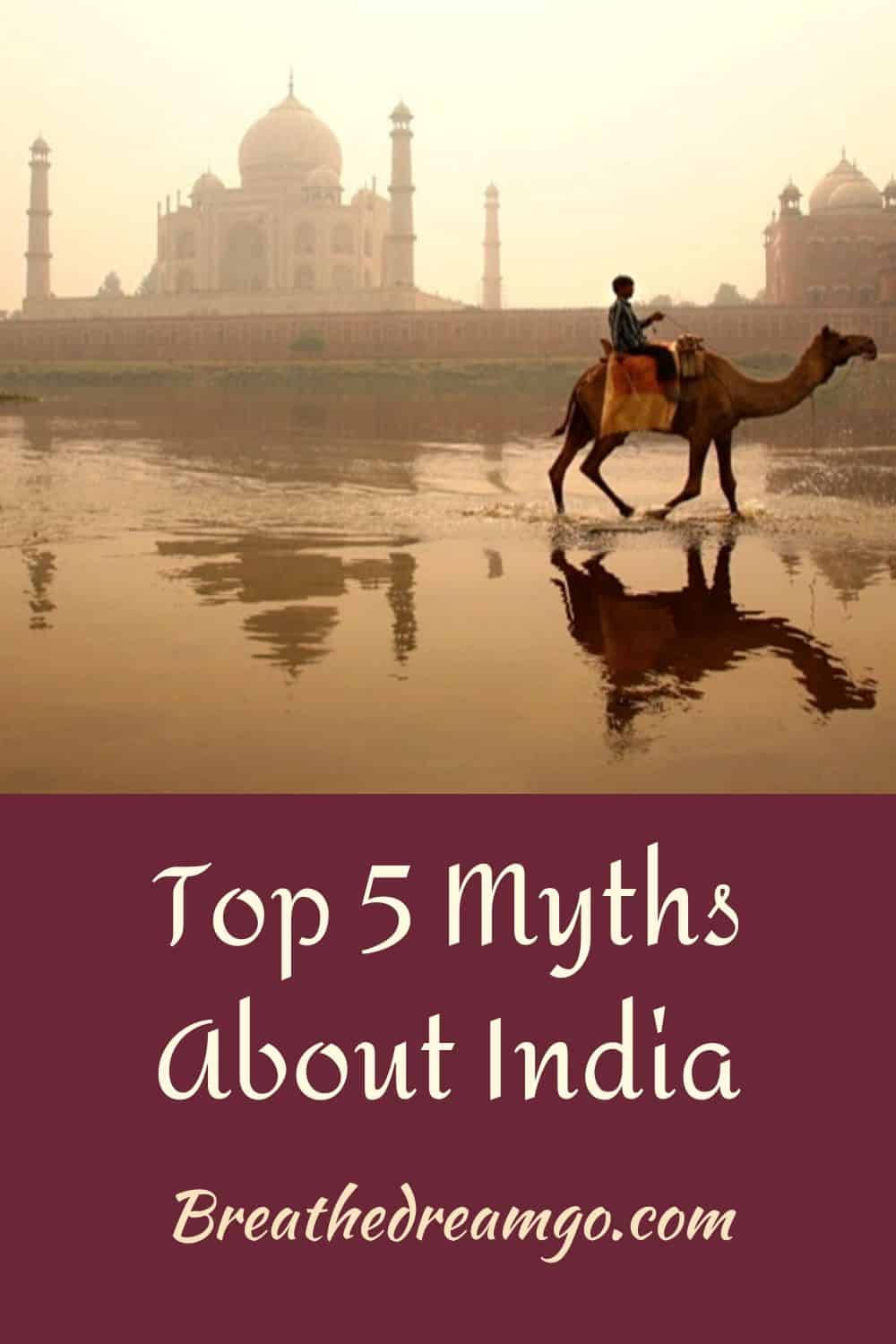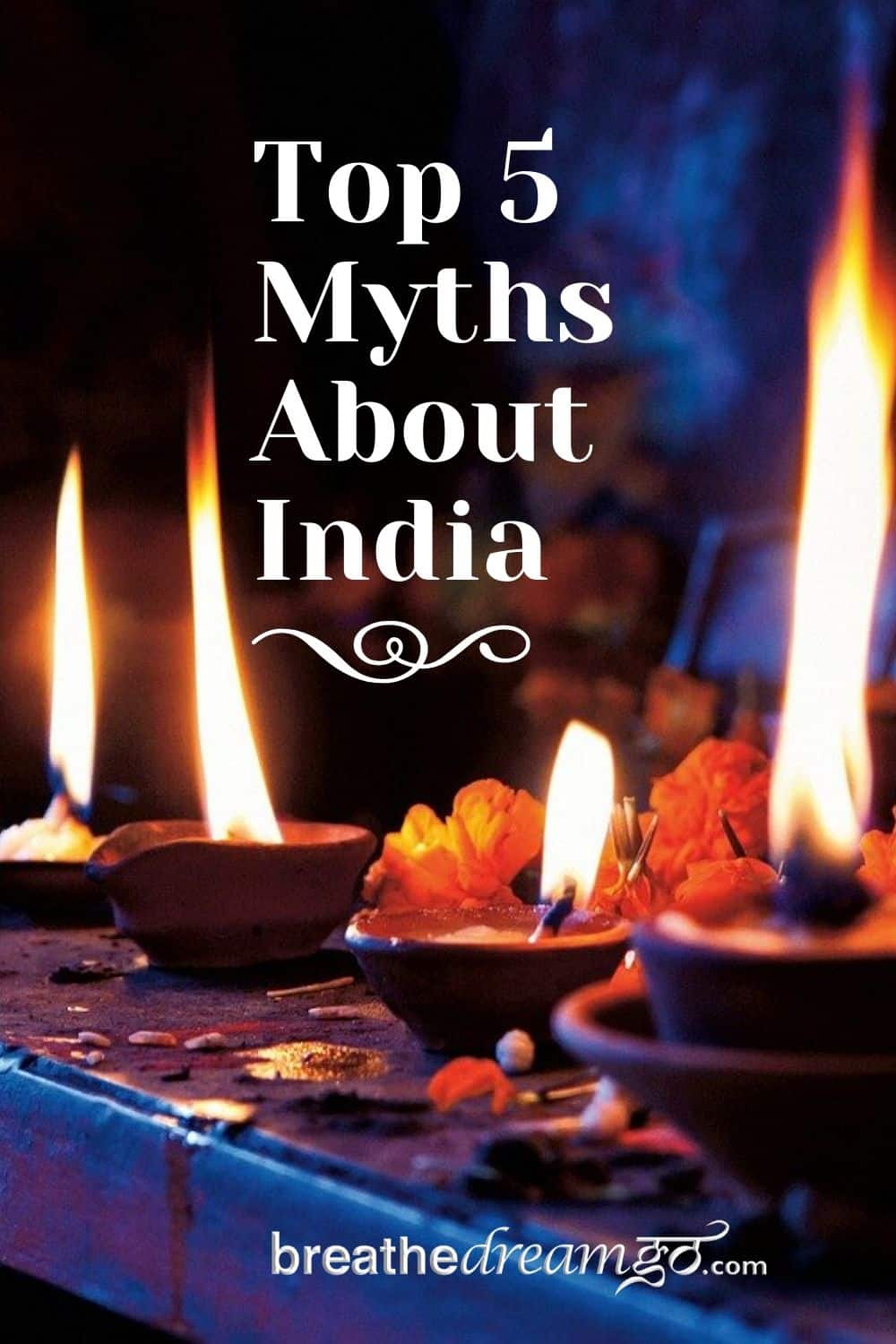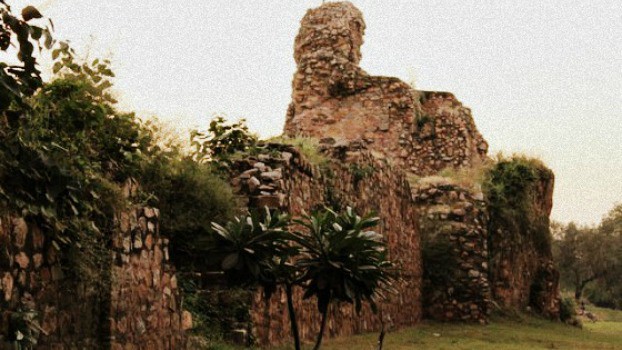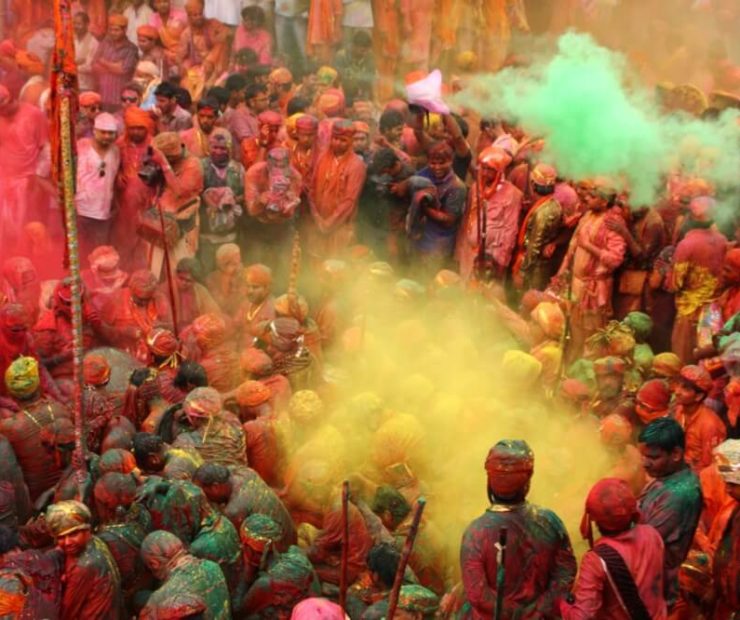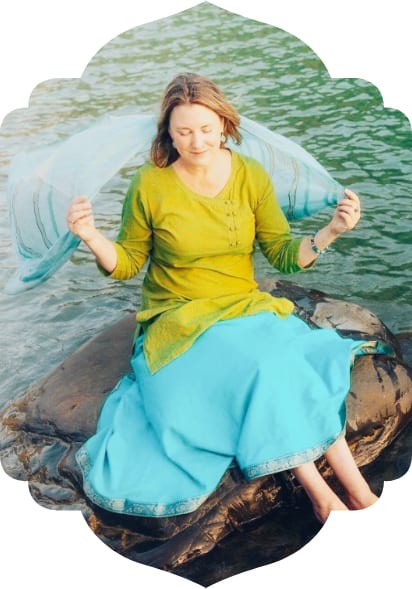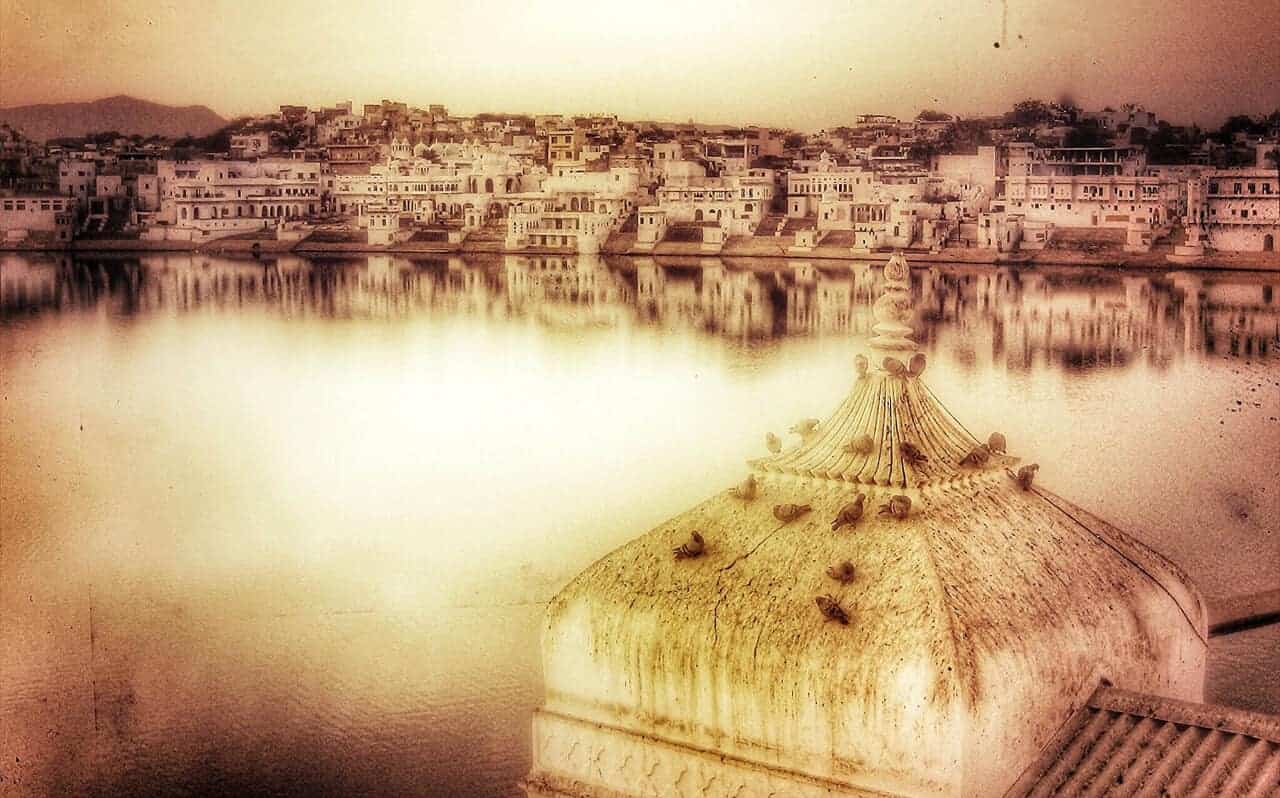
Table of Contents
Top 5 myths about India
UPDATED JUNE 2020: When I originally wrote this post, in November 2010, I had spent probably close to a year altogether traveling in India and learning about the country and culture. Since then, I have travelled and lived at least five more years in India. I knew there were many myths about India circulating in the media, among travellers and would-be travellers, and in guide books and travel stories. I was warned many times and from many sources about potential dangers, diseases, and discomforts.
And, while it’s true that India is a challenging place to travel, a confounding place that can shake up preconceptions and assumptions, and an unnerving place that can reveal biases and prejudices … I have not found that it lived up to some of the negative and inaccurate stereotypes perpetuated in the media. And that’s what this post is all about — myth busting and stereotype smashing for travellers.
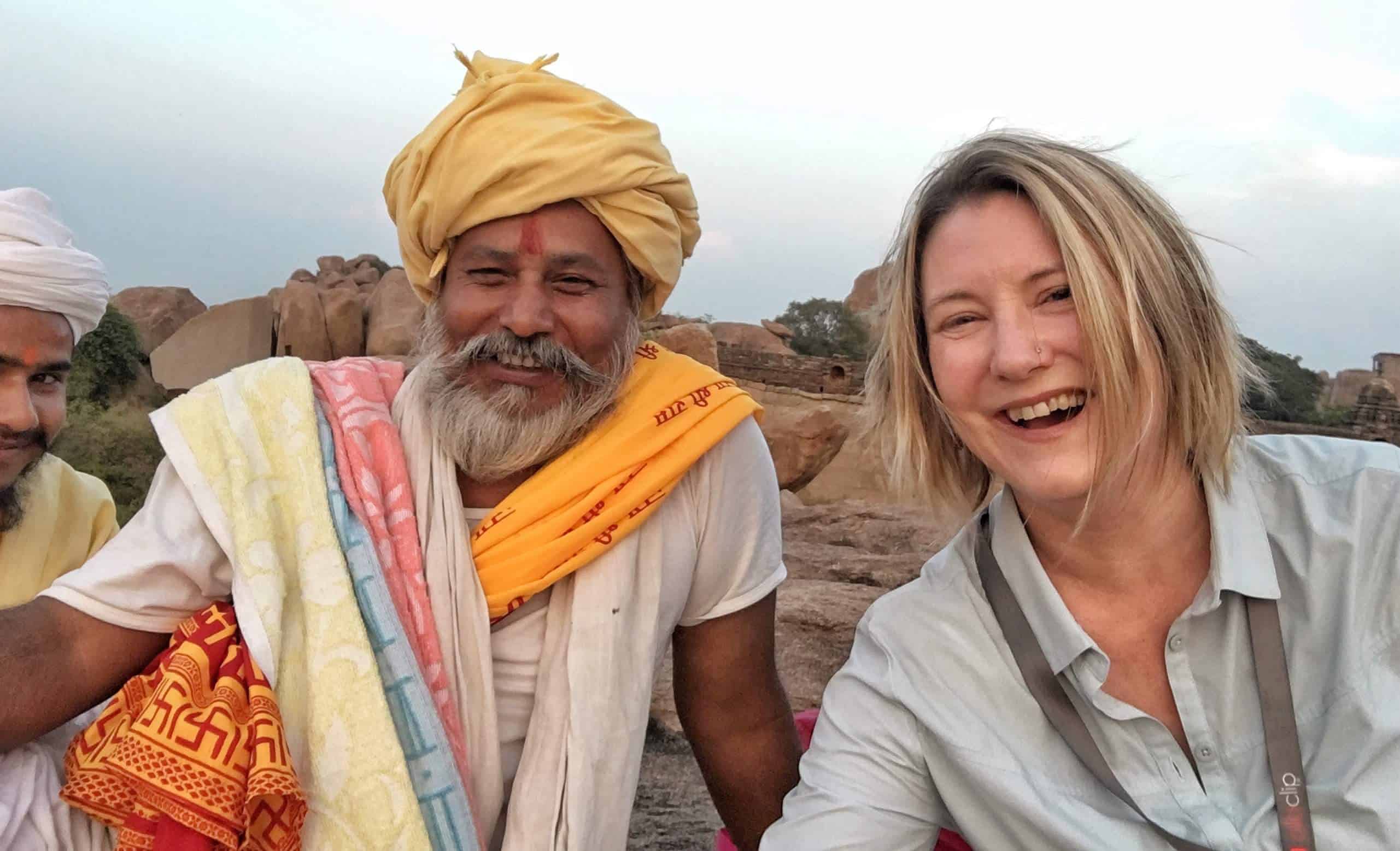
Myths about India #1: Traveling in India is dangerous
UPDATE: Since writing this post in 2010, several horrific rapes and a massive amount of global media attention has focused on the safety of women in India. I have addressed this issue at length in my post My top tips for women travelling in India and Solo female travel in India.
Before I went to India for the first time in 2005, I was warned to my teeth about how dirty and dangerous India is, especially by the doctor at the travel medical clinic. She really tried to put the fear of disease into me, and I went to India the first time loaded with precautionary supplies, pills and additional health insurance. Then I landed in Delhi at the very civilized home of my friend Ajay, who lives with his family in a very upscale enclave of Delhi, and they (rightly) laughed at all my stuff. When I did get sick I went to the local Max Medical Centre and after waiting about 10 or 15 minutes I got to see the British-trained head of internal medicine. The medical centre was spotlessly clean, modern and efficient, better than almost anything I’ve seen in Canada, and the visit cost 500 rupees or about $10 (in 2005).
At this point in my journey, about 10 days in, something began to dawn on me. I realized that many people in Canada, including me, were of the idea that India is a backwards place. In fact, I found it to be very sophisticated. I stopped carrying all those medical supplies and pills. I continue to practice caution, but I don’t assume the worst. I assume the best. And guess what?
This is what I have come to believe through my own experiences and those of many people I know: India will mirror back to you your own attitude, feelings, prejudices, barriers, and limitations – and India will evoke your higher self, too. It can be very painful to see how impatient, judgmental, middle-class, naïve, and unkind you can be! And very uplifting to discover your compassion, open-mindedness, and spiritual awareness.
But I really do believe India knows best. India is like a guru who gives you the experiences you need to move you along your path. I often say that going to India is like that scene in Star Wars when Yoda sends Luke into the cave. Luke asks, “what will I find there?” and Yoda answers, “only what you bring in with you.” So if you are afraid, you will have scary experiences. And if you are open and trusting (within reason), you will find kind, helpful people who can really help smooth over the unavoidable challenges to travel in India.
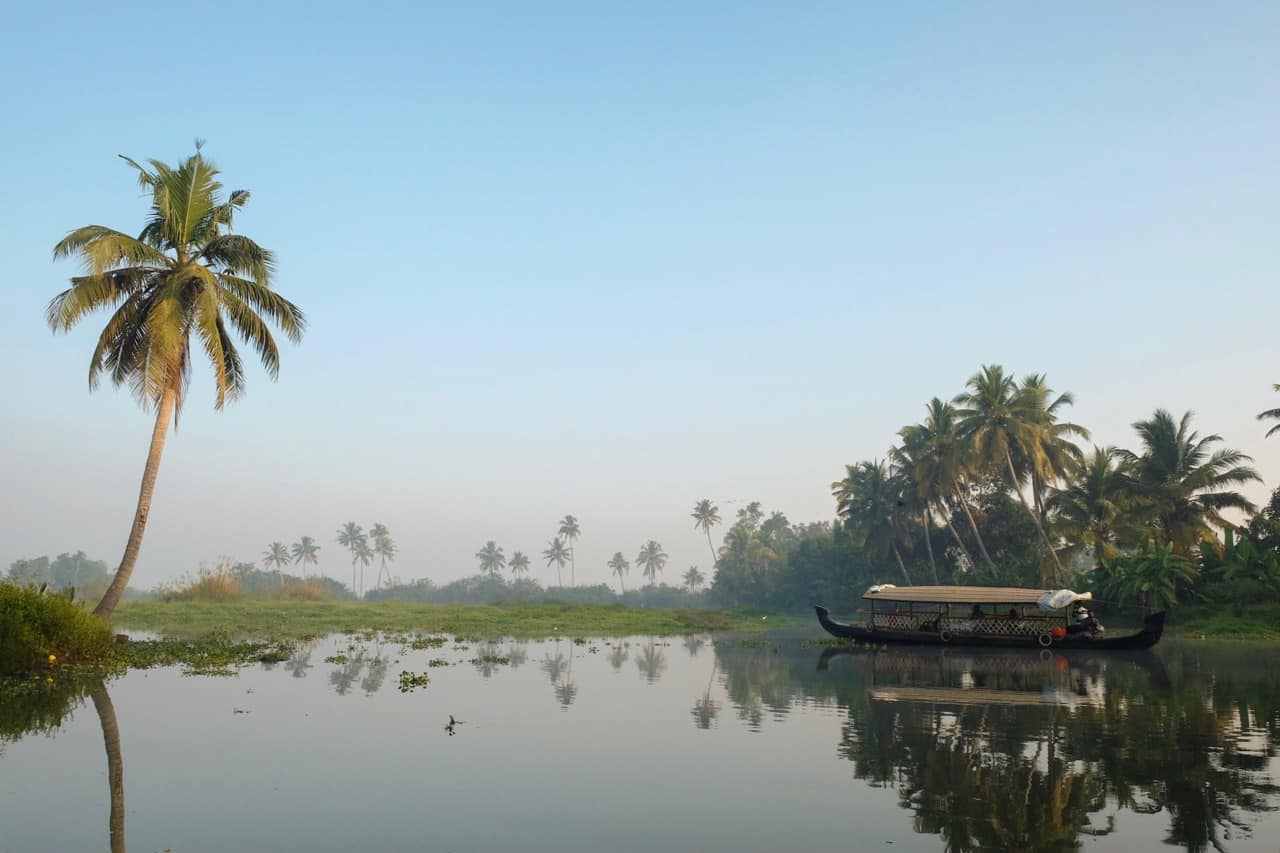
Myths about India #2: India is a country
India is a subcontinent which means there is a wide range of geographical features and landscapes within its borders — from the soaring Himalayan mountains, to the dry desert in Rajasthan, to the tropical beaches of Goa and Kerala. Plus, culturally, it is more like the European Union than a homogenous country: it’s extremely diverse and changes dramatically from place to place, and from state to state.
In fact, not so long ago – before and even during the Raj, the British colonial period – India was a nation of princely states, not unlike the city states of classical Italy. And before that, powerful rulers – who often attained that power through conquest and invasion – reigned over vast tracts of the country. The result is that India is an extremely diverse nation.
As you travel from one part of the country to another, you meet people with very different linguistic, cultural and even ethnic backgrounds. In the south, the people are descended from the Dravidian culture. In the north, which was subject to many more waves of invaders and conquerors, the people are of Aryan descent.
There are about 23 official languages – each state has its own official language – and just about every religion the world has to offer. Four of the world’s major religions were born in India – Hinduism, Buddhism, Sikhism, and Jainism. Today, the vast majority – about 80% – are Hindus, but with a population of 1.2 billion, that still means that the other religions are well represented. Islam, with 12% of the population, has 144 million followers.
So don’t expect the food, language or customs to remain static as you travel. In the north, wheat is commonly eaten as bread (naan, poori, roti, parantha, chapati, etc.); in the south it’s all about rice. In the north many people speak Hindi, but in the south, very few.
Pin on Pinterest
Myths about India #3: Yoga is a system of exercises
Yoga was lost in translation. It did not survive the transatlantic voyage. What we have in the west is but a shadow of Yoga’s full stature. You are forgiven for not knowing this; I also did not know until I went to India to study Yoga.
Yoga is one of the six schools (darshanas) of Hinduism, and one of the four that adhere to the advaita tradition. This is the belief in one truth, one consciousness, and all is god. Beneath the apparent duality of life – which is illusion, maia – all is one. The point of yoga is to still your mind so that you can become aware of this truth, and act accordingly.
If you did not learn this from going to a Yoga studio in a western country, you would not be alone.
In the classical system of yoga, known as Raja Yoga, there are eight limbs. One of them is asana, or the physical practise of postures. The point of the postures is to create and maintain bodily health so that you have the vigour to follow the other seven limbs, such as meditation.
In one of the most important books of yoga, Patanjali’s Yoga Sutras, asana is mentioned only three times, while meditation is mentioned many times. Meditation is one of the primary tools for achieving the awareness of truth – thus it is far more “important.”
I have spent a lot of time at an ashram in India, Aurovalley Ashram. The founder Swami Brahmdev does not teach asana. He answers questions during satsang, chants during evening meditation and founded and runs a beautiful, peaceful, garden-like ashram for people who want to live in a spiritually focused environment. There is an asana teacher at the ashram, but the ashram does not revolve around asana practise. And even in Yoga ashrams where asana is central to the teachings, such as Anand Prakash Yoga Ashram in Rishikesh, they still cover the entirety of Yoga.
Note: I would like to recognize the origins of Yoga as a school of Hinduism, an art and science that has been fostered from time immemorial in India. As someone who is not from this culture, I owe respect and gratitude to the Yoga teachers and traditions that I have learned and benefitted from. Pranam to all.
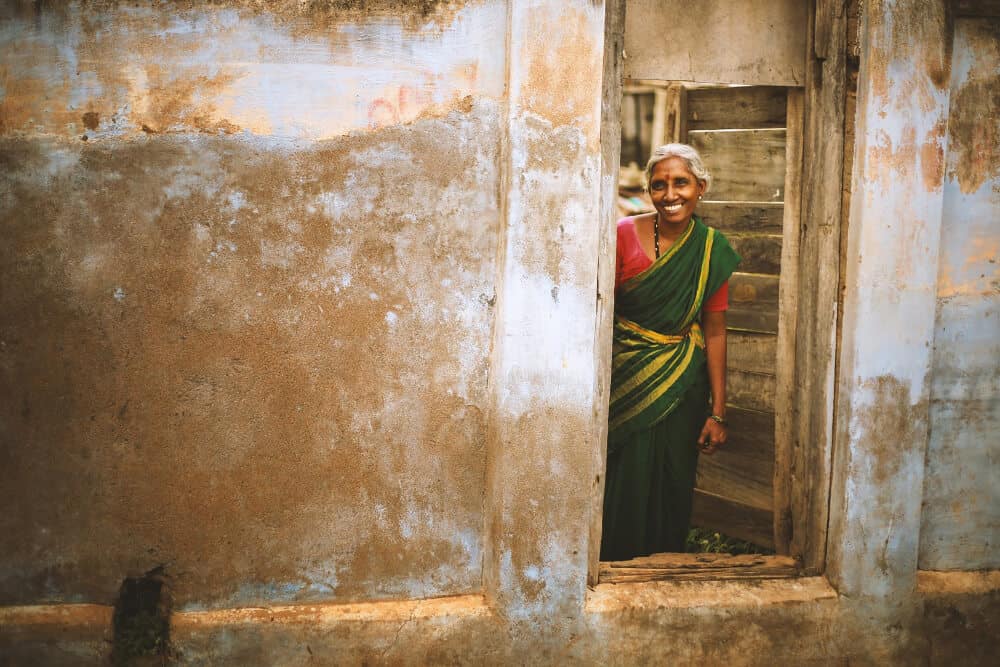
Myths about India #4: India is poor
Many people in India are materially impoverished compared to middle-class Canadians, but that does not make them “poor.” I have become very leery of labeling others as poor. My mind was really turned around on this issue by Swami Brahmdev of Aurovalley Ashram who said, “Do not judge someone as poor. You do not know how rich a person is inside.” He then went on to tell us about the sweet contentment of the “poor” man who sells vegetables to the ashram and who leads a very simple, but satisfying, life.
In fact, generally speaking, I find the people of India to be on the whole much more content, much warmer, and more generous than the materially richer people of the west. I have often seen the poorest of the poor feeding cows in Rishikesh.
I think it would be helpful to the entire planet if we redefined the word poor. Yes, people who are financially and materially disadvantaged should be brought up to a decent and dignified standard, and able to live a life free of want, with adequate food, shelter, healthcare, education and so on. We need to have a much fairer and more equitable distribution of wealth in the world.
But if material wealth alone is the measure of success, riches, and happiness, we will always have inequity; we will continue to destroy the planet with our greed, and we will miss the real riches of life — which tends to be the way of the western world. I now feel that western spiritual poverty is just as unhealthy and probably a lot more destructive to the planet than material poverty. If everyone on the planet lived that way a middle-class Canadian lived, the world’s resources would be used up in a few short years.
I also want to add, that India is in fact a rich country. It has one of the largest economies in the world, more than its fair share of billionaires and millionaires, and a large and burgeoning middle class. However, there is a significant wealth distribution problem — common the world over — that leaves a huge percentage of the population without enough to eat.
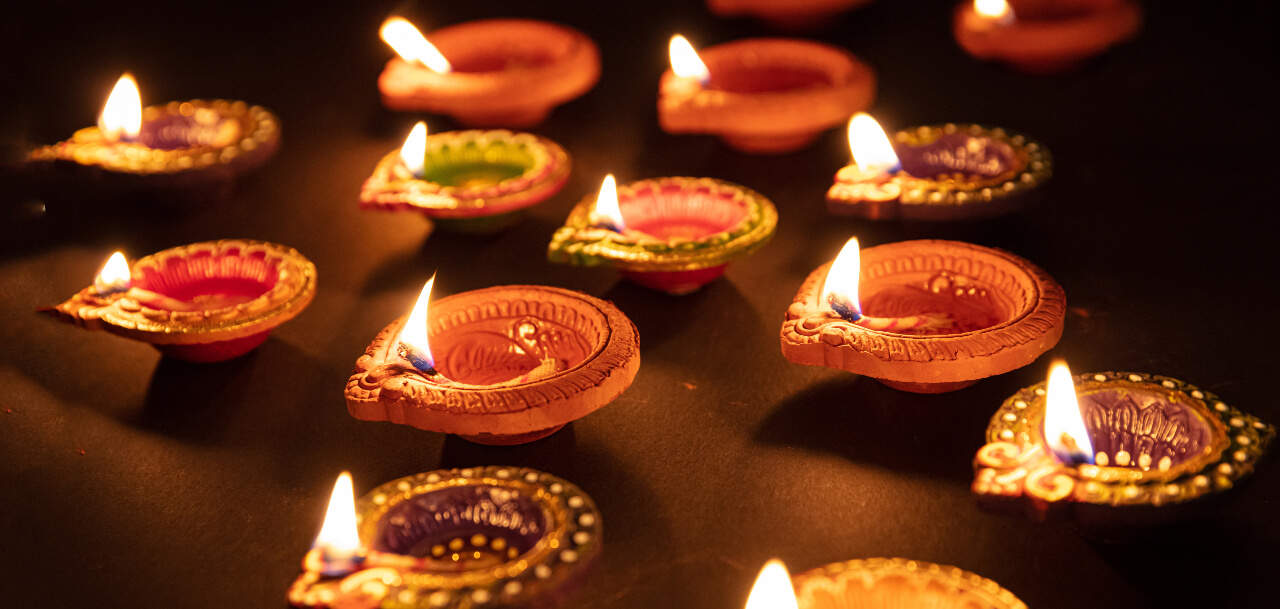
Myths about India #5: Hinduism is a religion
Hinduism is the world’s oldest extant religion and has a billion followers, which makes it the world’s third largest religion. But Hinduism is not strictly a religion, as we think of it in the west. It was not founded by one person, it does not have a core doctrine, there is no central authority, it does not require followers to accept any one idea, and no on can agree on when or even where it began.
The origins of Hinduism are lost in time, and are highly disputed. Scholars now believe Hinduism arose as long ago as 10,000 BC. The earliest of the Hindu scriptures – The Rig Veda – could have been composed before 6,500 BC. But the word Hinduism itself is not to be found in any of the scriptures. It was named after the people of Sindh, who settled between the rivers Indus and Sindh in what is now Pakistan. The Persians named people of Sindh “Hindus.”
Hinduism is a way of life – known as Dharma, the law that governs action. It is essentially a conglomeration of diverse religious, philosophical, and cultural ideas, beliefs and traditions. “It is characterized by the belief in reincarnation, one absolute being of multiple manifestations, the law of cause and effect, following the path of righteousness, and the desire for liberation from the cycle of births and deaths.”
The principal deities of Hinduism are Brahma, Vishnu, and Shiva, sometimes referred to as the Hindu Trinity. Brahma is thought of as the creator, Vishnu as the sustainer of life, and Shiva is associated with dissolution and death. But many Hindus regard their gods and goddesses as manifestations of the Supreme God, Brahman — and there are as many as 30 million manifestations. After a visit to India, Mark Twain wrote: “India has two million gods, and worships them all. In religion all other countries are paupers; India is the only millionaire.”
India’s gifts to the world
Sri Ramakrishna, a 19th century mystic highly revered in India, captured the spirit of Hinduism by saying, “there can be as many spiritual paths as there are spiritual aspirants and similarly there can be as many gods as there are moods, feelings and emotions within the individual believer.”
Mythologist Joseph Campbell expressed the essential difference between the philosophy of Hinduism and the monotheistic religions when he wrote: “The first principle of Indian thought, therefore, is that the ultimate reality is beyond description. It is something that can be experienced only by bringing the mind to a stop; and once experienced, it cannot be described to anyone in terms of the forms of this world.
The truth, the ultimate truth, that is to say, is transcendent. It goes past, transcends, all speech, all images, anything that can possibly be said. … it is not only transcendent, it is also immanent, within all things. Everything in the world, therefore, is to be regarded as its manifestation. There is an important difference here between the Indian and the Western ideas. … Hinduism believes in the omnipresence of the Supreme God in every individual. There is no ‘fall.’ Man is not cut off from the divine. He requires only to bring the spontaneous activity of his mind to a state of stillness and he will experience that divine principle within him.”
Finally, historian Arnold Toynbee wrote my favourite description of Hinduism, which sums up what makes it so attractive to me: “There may or may not be only one single absolute truth and only one single ultimate way of salvation. We do not know. But we do know that there are more approaches to truth than one, and more means of salvation than one. … This is a hard saying for adherents of … Judaism, Christianity, and Islam, but it is a truism for Hindus. The spirit of mutual good-will, esteem, and veritable love … is the traditional spirit of the religions of the Indian family. This is one of India’s gifts to the world.”
Pin it on Pinterest
Photo credits
- Pushkar by Nick Kenrick
- Woman at the door by Vignesh Moorthy on Unsplash
- Kerala by Andrew Adams Photography
If you enjoyed this post, you can….
Sign up to The Travel Newsletter in the sidebar and follow Breathedreamgo on all social media platforms including Instagram, TripAdvisor, Facebook, Pinterest, and Twitter. Thank you!


